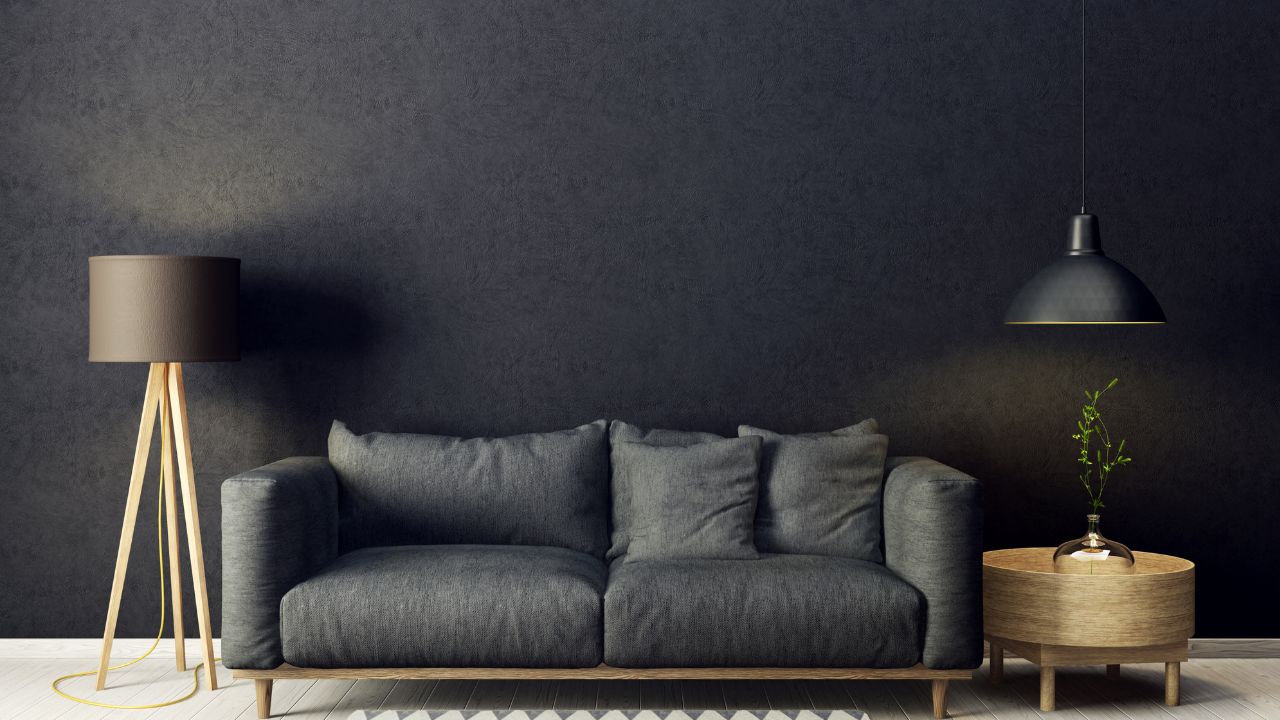Creating the perfect ambiance in your home involves more than just arranging furniture; it's about pairing lighting and furniture strategically to enhance the overall vibe. Thoughtfully chosen combinations can transform any space, adding character and functionality. From statement chandeliers to practical floor lamps, the right pairing elevates your décor effortlessly.
Explore innovative ideas to illuminate spaces and enrich interiors with Homebaa lighting and furniture solutions. Keep reading to get some ideas on elevating your interior's ambiance with lighting and furniture combinations.
Creating A Perfect Ambience With Furniture and Lighting
Here’s how you can set the environment of your interior by pairing the furniture and lighting the right way.
1. Match Lighting Styles with Furniture Design
Developing a put-together and cohesive appearance begins with complementing the design of your lighting and furniture. For example, pair sleek, modern furniture with island or flush mount lights emphasizing minimalism. Vintage or traditional furniture will go well with chandeliers or other ornate wall lights to create a classic effect.
Consider the material and finishes—metallic finishes on pendant lights pair beautifully with industrial furniture, while wooden finishes on table lamps harmonize with rustic décor. Choose from a range of solutions, such as vanity and outdoor lights, to ensure your interior feels balanced and stylish.
2. Focus on Color Harmony
For a harmonious appearance, it is one of the considerations to ensure that the colors of the lighting equipment are similar to the colors of the seating furniture.
For example, warm-colored chandeliers or pendants work well with wooden furniture, while cooler-colored floor lamps work well with metal or monochrome items. And let's not forget the lampshades themselves - the same neutral color scheme goes with almost anything in the furniture, and a striking, colorful lampshade becomes a focal point.
Balanced colors ensure harmonious lighting and fittings, leading to a consistent, calm and pleasant space.
3. Highlight Statement Pieces
Use lighting to emphasize standout furniture items, such as a designer coffee table or a luxurious dining set. For example, a chandelier above a table for eating will draw people's attention, while a duo of pendant lights above an island will make a striking focal point. Wall lights can also enframe and draw attention to artwork or shelving units.
Highlighting statement pieces nicely can turn them into focal points, which improves the room design as a whole and still keeps some functionality.
4. Balance Proportions
The right balance of lighting and furniture is fundamental to a balanced design. Elegant large and overhang fixtures are striking when draped over large dining tables or large sectional sofas. However, they are likely to swamp more miniature furniture. Conversely, small lights feel inadequate in larger spaces.
When making lighting selections, account for the size of the room and furniture. For example, an in-between-sized chandelier can go well with a small dining table setting, and a bigger, more dramatic one will look out of place in smaller rooms with big furniture around. Moreover, the correct proportion allows the lighting and furniture not to overbalance in the composition of the room.
5. Define Zones with Lighting
Lighting is a highly effective means of defining zones within open-concept areas. Island lights can delineate the kitchen zone, and hanging lights over a coffee table in a living room can set an area for rest.
Employ wall lights or table lamps to highlight reading/work areas. Match these lighting schemes with furniture appropriate for the function of each area. A plush sofa with soft, diffuse lighting and a heavy table with bright task lighting defines a relaxation area and a workspace, respectively. This technique allows for a better context of open areas and uniform appearance.
6. Experiment with Contrasts
Contrast adds visual interest to your room's design. Pair dark furniture with bright, reflective lighting options, like ceiling fans with lights or flush mount lights, to brighten the space. A subtle table or desk lamp with bold furnishings will allow the furnishings to be in the spotlight. This dichotomy contributes character and dimension to the space without it being overwhelming.
For example, a minimalist black table can be contrasted with a brightly colored, white pendant light and the chairs can brighten under flat lighting (i.e., with no color). Creative and contemporary comparisons make artistic and understated variations to your interior.
7. Blend Technology with Aesthetics
Smart lighting, such as color-changing LED candelabras or outdoor lights with motion detection, offers a combination of utility and contemporary aesthetics. Pair these high-tech lighting devices with modern, chic furniture to create a unified, futuristic look.
Fans with smart lighting or dimmable vanity lighting can be smoothly integrated into your style with numerous control options. This combination guarantees your room looks fashionable and is highly functional, giving you complete control of room lighting conditions according to the environment you want to be in. Combining technologies with design gives the interior area an innovative character.
Conclusion
Lighting and furniture combination is more than looks; it sets the tone of your spaces and their level of practicality. Integrating lighting and furniture choices into your interior enables the creation of rooms with a feeling of warmth, grace, or style that will suit you. From making comfortable nooks to defining areas in an open plan, the correct arrangements can give your house an exuberant quality. Illuminate your interiors with purposeful design to achieve the perfect balance of form and function. Make your home your dream place.


